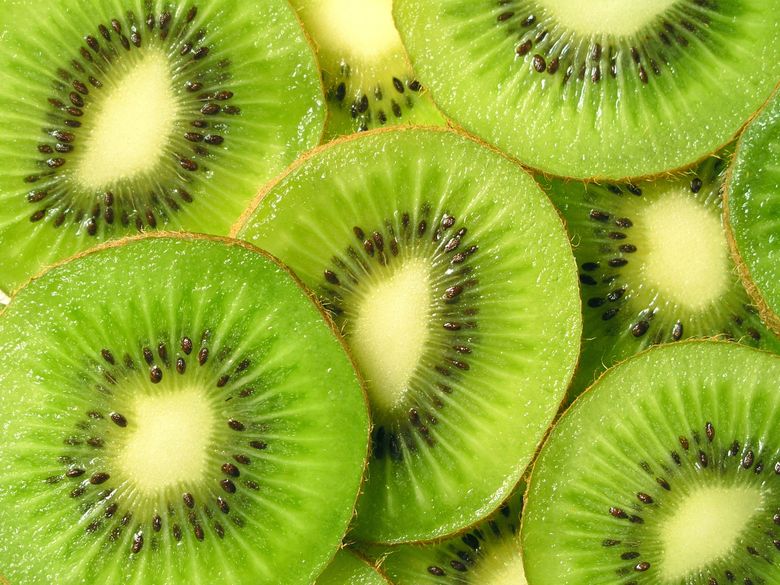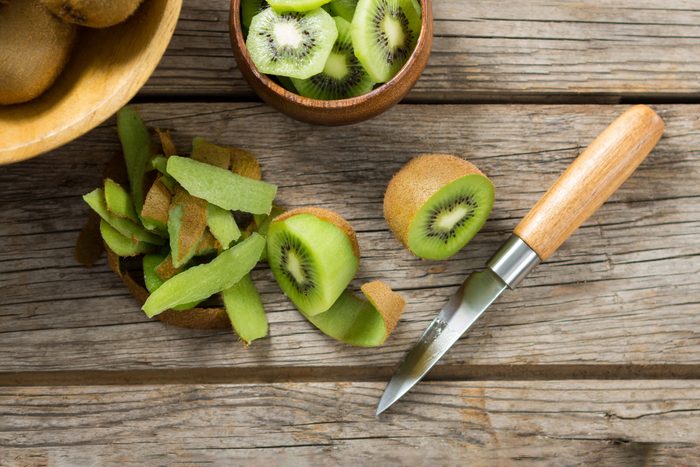Discovering the Unique Characteristics and Fascinating Biology of Kiwi: A Comprehensive Study
Welcome to the fascinating globe of kiwi! Prepare to be amazed as we uncover exactly how kiwis have actually adapted to their flightless presence and find their environmental value.
Physical Attributes
What are the physical qualities of a kiwi bird? The kiwi bird is a little, flightless bird native to New Zealand. One of the most distinct features of the kiwi bird is its long, slim expense.
The kiwi bird has a special plumage, with soft, hair-like plumes that look like fur. These plumes are gray or generally brownish in shade, aiding the bird assimilate with its forested habitat. Unlike most birds, the kiwi has tiny wings that are hidden under its feathers and are not practical for flying. Rather, it depends on its solid legs and powerful claws for movement.
Another intriguing physical attribute of the kiwi bird is its nostrils found at the suggestion of its expense. This adjustment enables them to seek insects and worms, their main resource of food, in the leaf trash on the forest floor (what do kiwis taste like). In addition, the kiwi bird has large, rounded eyes that are adjusted for low-light conditions, as they are largely nocturnal
Feeding Routines
To understand the feeding habits of the kiwi bird, you need to observe its foraging habits and dietary preferences. Kiwis are special in their feeding behaviors, as they are mainly nocturnal and rely greatly on their feeling of scent to find food. They have a long, slim bill that permits them to probe the ground in search of insects, worms, and other invertebrates. These birds use their strong sense of scent to discover target hidden underneath the surface, and afterwards use their bill to extract it.
Kiwis are omnivorous, meaning they eat both plant and pet matter. In enhancement to insects, kiwis likewise consume berries, seeds, and fruits. They have a certain fondness for fallen fruits that are rich in sugars, such as the berries of the shrubby tororaro plant. Kiwis have been observed preying on a wide array of plant types, suggesting their versatility to different food resources.
Surprisingly, kiwis do not have a plant, which is a customized component of the digestion system located in several birds. Rather, their food passes directly from the esophagus to the belly. This might be a result of their special evolutionary background and ecological specific niche.
Recreation and Reproduction
Currently allow's dig right into the interesting world of kiwi reproduction and breeding, building upon our previous exploration of their special feeding routines. Kiwis have an instead interesting reproductive process. They are virginal birds, indicating they form lasting sets. Once a set has actually developed, they will certainly remain with each other permanently, which can be as much as 30 years in the wild.
Reproducing period for kiwis generally takes place in between June and March. Throughout this time around, the female kiwi will lay one to two eggs, which are uncommonly huge compared to the bird's body size. As a matter of fact, kiwi eggs are the largest of click any bird symmetrical to body weight. After the eggs are laid, both the male and female take turns incubating the eggs, with each taking shifts that can last up to 12 days.
When the chicks hatch, they are born able and completely feathered to see (what do kiwis taste like). They are additionally fairly precocious, indicating they are able to take care of themselves fairly swiftly. However, also after the chicks have actually hatched, the parents remain to supply treatment and defense for them until they go to the website are completely independent, which can take several months.

Adaptations to Flightless Presence
As a flightless bird, the kiwi has undergone several modifications to its makeup and actions that enable it to flourish in its special setting. Unlike various other birds, kiwis have little, vestigial wings that are basically worthless for flying.
One more adjustment that kiwis have actually developed is their solid legs and feet. These attributes permit them to effectively walk and run, compensating for their failure to fly. The kiwi's legs are muscle and positioned much back on its body, offering it with a reduced center of gravity and ideal equilibrium. Additionally, its feet are equipped with sharp claws that aid in excavating and foraging for food.
In order to make it through without the ability to fly, kiwis have actually additionally established an eager sense of scent. Their long, slim beaks house highly delicate nostrils, allowing them to spot pests and worms below the woodland floor. This exceptional adaptation aids kiwis locate food resources and preserve a well balanced diet.
Ecological Importance
The environmental value of kiwi exists in their role as vital seed dispersers in their native habitat. As they relocate with the forest flooring, kiwi forage for bugs, worms, and a selection of plants.
The kiwi's ability to spread seeds is vital for preserving the biodiversity and equilibrium of their community. By spreading seeds throughout various areas, they add to the development and wealth of numerous plant types. Consequently, these plants give food and shelter for various other pets, creating an internet of interdependencies within the environment.
Additionally, kiwi play an essential function in managing the populace of specific plant species (what do kiwis taste like). Some plants create an extreme number of seeds, which can result in overcrowding and limited sources for various other plants. By eating and distributing these seeds, kiwi help regulate the development of such plants, ensuring a much healthier and more varied ecosystem
The eco-friendly value of kiwi prolongs past their function as seed dispersers. Their tunneling behavior additionally contributes her response to dirt aeration and nutrient recycling, enhancing the overall wellness of the woodland flooring. Furthermore, their feeding habits can assist regulate insect populaces, decreasing the danger of insect outbreaks that might damage vegetation.
Final Thought
To conclude, exploring the one-of-a-kind characteristics and fascinating biology of kiwi reveals its physical characteristics, feeding habits, reproduction and reproducing patterns, along with its adjustments to a flightless presence. With its distinguishing characteristics and eco-friendly significance, the kiwi functions as an exceptional example of nature's diversity and adaptation. By recognizing and appreciating the kiwi's duty in its ecosystem, we can better advertise preservation efforts to guarantee the preservation of this exceptional types for future generations.
